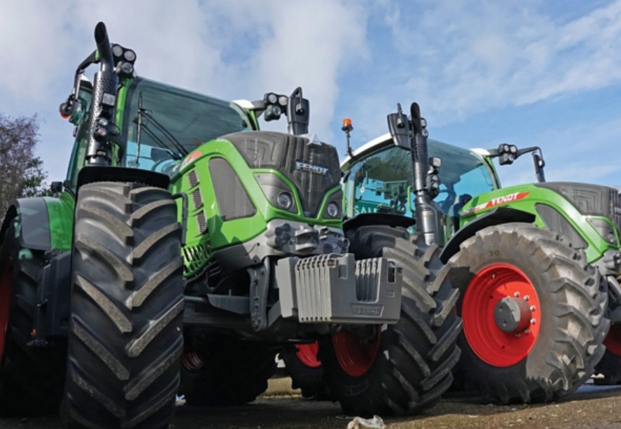According to recent reports from the Tractor and Machinery Association (TAMA), the previously thriving tractor market shows signs of cooling down.
The year-to-date sales data until the end of February 2023 reveals a decline in tractor sales, with 440 units sold compared to 592 units during the same period in 2022, representing a decrease of 25.7%.
Significant declines were observed in the 0-40hp lifestyle segment, with a 45% drop to 82 units. In the 40-150hp range, which includes key agricultural machines, there was an average decline of 27% to 247 units. However, the 200hp+ category stood out by bucking the trend, with 53 units showing a 29% increase.
The rolling 12-month average of tractor sales stands at 4,307 units, a decrease from the peak of 4,656 units in August 2022. When analyzing the sales distribution between the North and South Islands, the North recorded 272 units (-30.6%) during the period, while the South achieved 168 units (-16%).
According to TAMA general manager Phil Holden, although there has been a 7.5% decrease in the rolling 12-month average, achieving a market of 4,307 units is still considered a favorable outcome. However, Holden cautioned that the figures should be interpreted with caution due to extended shipping times experienced by many manufacturers, which could potentially distort the numbers.
TAMA president Kyle Baxter acknowledges that 2022 was a remarkable year for tractor sales, but he notes that the beginning of 2023 has seen a retreat to levels comparable to those of 2021.
“It remains uncertain whether this trend will continue throughout the year; however, there are indications of potential challenges that could impact the market,” Baxter commented cautiously.
Baxter anticipates that dealers will closely examine their order books to identify any emerging patterns. He poses the question, “Are they around 60-70% capacity or merely at 20%?”
Baxter also acknowledges that it is likely too early to obtain an accurate assessment of the extent of damage to tractors and machinery caused by Cyclone Gabrielle.
“The key will be determining whether affected farmers and landowners will allocate their capital towards repairs or the purchase of new equipment,” he explains.

